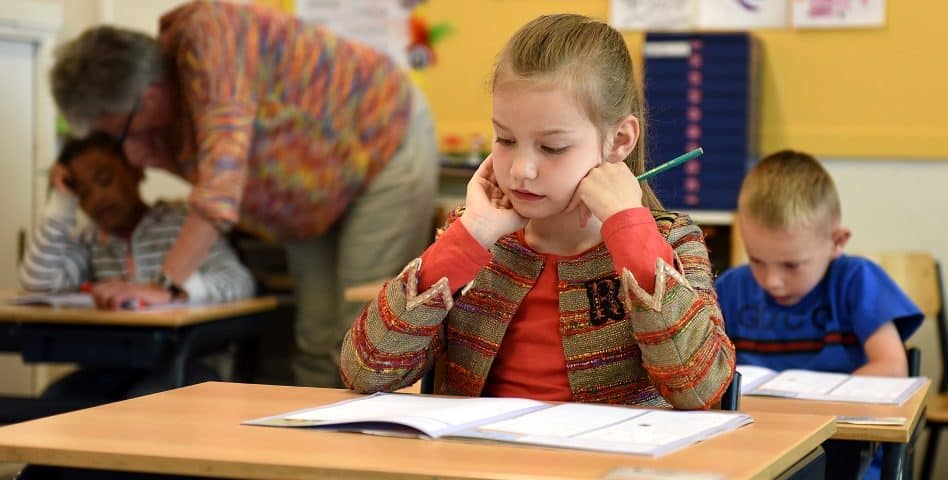
The occupational sitting and physical activity questionnaire (OSPAQ): a validation study with accelerometer-assessed measures
July 16, 2020
Congratulations to the 2020 SBRN Award Winners!
August 1, 2020A new paper titled “Sex/Gender Perspective on Interventions to Reduce Sedentary Behaviour in Girls and Boys: Results of the genEffects Systematic Review” was recently published in the International Journal of Environmental Research and Public Health. The full-text article is available here (open access). Citation details and a summary of the paper are below.
Vondung C, Demetriou Y, Reimers AK, Schlund A, Bucksch J. A Sex/Gender Perspective on Interventions to Reduce Sedentary Behaviour in Girls and Boys: Results of the genEffects Systematic Review. International Journal of Environmental Research and Public Health. 2020; 17(14):5231.
Abstract
This systematic review aims to evaluate the extent of sex/gender consideration and effectiveness of interventions designed to reduce sedentary behaviour (SB). We searched for randomised or non-randomised controlled trials with the outcome SB and a sex/gender analysis in eleven electronic databases. Sixty-seven studies were included. Sex/gender considerations were qualitatively rated. Sex/gender was reported separately in 44.8% of studies, 14.9% of studies conducted a sex/gender interaction analysis, and 19.4% enrolled either girls or boys. SB was significantly reduced for girls in 16.4%, for boys in 11.9% and for both in 13.4%. No sex/gender intervention effect was found in 38.8%. According to the qualitative rating, studies without significant sex/gender effects reached “detailed” rating twice as often as studies finding a significant intervention effect for either girls or boys, or both. Overall, no clear pattern according to the qualitative rating and in terms of intervention effectiveness can be drawn. The results reveal a lack of sufficient sex/gender information in intervention planning and delivery. Further research should consider analysing sex/gender intervention effects as well as consider sex/gender inclusive intervention planning and delivery.
Authors and affiliations
1 Department of Natural and Sociological Sciences, Heidelberg University of Education, Keplerstrasse 87, 69120 Heidelberg, Germany
2 Department of Sport and Health Sciences, Technical University of Munich, Georg- Brauchle-Ring 62, 80992 Munich, Germany
3 Department of Sport Science and Sport, Friedrich-Alexander-University of Erlangen-Nuremberg, Gebbertstrasse 123b, 91058 Erlangen, Germany




